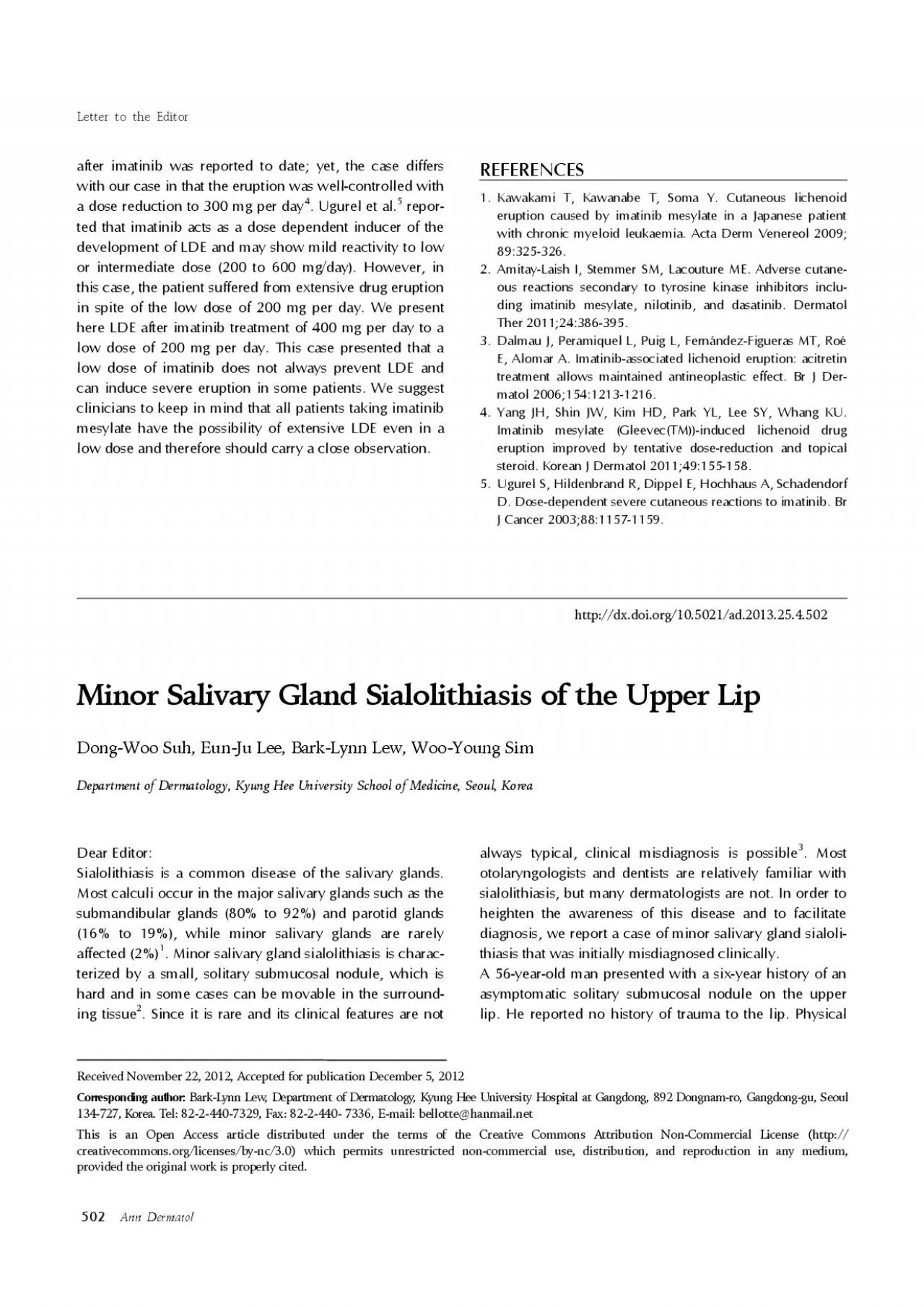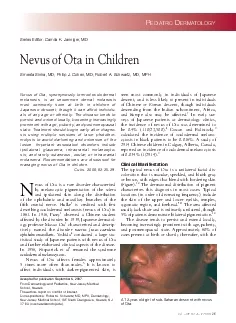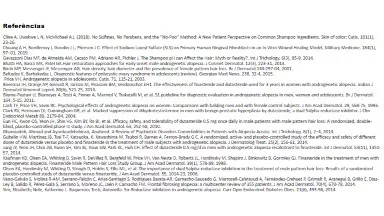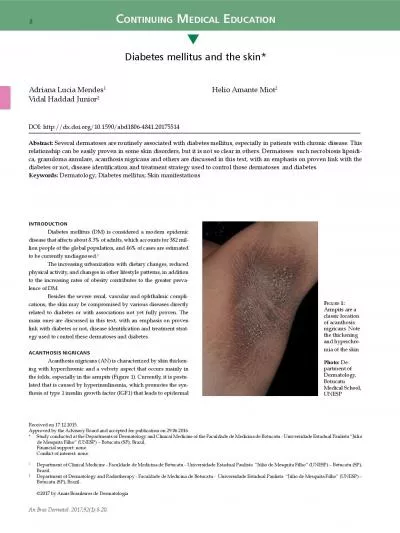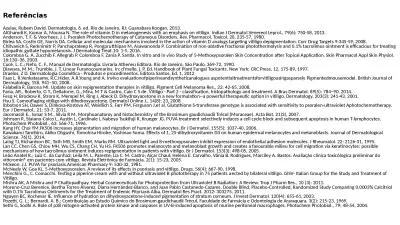PDF-Letter to the Editor502Ann Dermatol
Author : natalie | Published Date : 2022-09-01
Received November 22 2012 Accepted for publication December 5 2012Corresponding author BarkLynn Lew Department of Dermatology Kyung Hee University Hospital at Gangdong
Presentation Embed Code
Download Presentation
Download Presentation The PPT/PDF document "Letter to the Editor502Ann Dermatol" is the property of its rightful owner. Permission is granted to download and print the materials on this website for personal, non-commercial use only, and to display it on your personal computer provided you do not modify the materials and that you retain all copyright notices contained in the materials. By downloading content from our website, you accept the terms of this agreement.
Letter to the Editor502Ann Dermatol: Transcript
Download Rules Of Document
"Letter to the Editor502Ann Dermatol"The content belongs to its owner. You may download and print it for personal use, without modification, and keep all copyright notices. By downloading, you agree to these terms.
Related Documents

